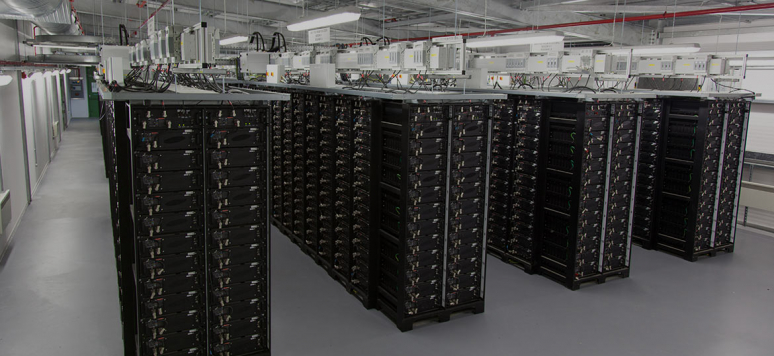Articles hors Ifri - Electricity storage in a redesigned market Insight_E Rapid Response Energy Brief, No.12, December 2016

Storage technologies have the potential to significantly support the EU’s electricity system, bringing a number of flexibility services. There are numerous electric energy storage (EES) technologies, tackling different magnitudes in terms of quantity of energy, ramp-up time, duration of discharge, costs, and lifetime.
However, legislation around storage raises a number of challenges if analysed under the current unbundling rules involving a mix of regulated operators and market-based mechanisms. This stems partially from a non-inclusive definition of storage. The study provides an alternative definition which aims to capture the perspectives of multiple stakeholders. Furthermore, we discuss the need to value EES technologies such as batteries, pumped hydropower, flywheels, power-to-X, etc. based on their ability to provide different services. This is based on a techno-economic comparison of different EES technologies, given in additional tables. Finally, the study looks at how storage fits into the current regulatory system and proposes options for future systems so that EES are not discriminated against other flexibility options. A set of policy recommendations is provided that relates to the definition of storage, broadening ownership models, avoiding double grid fees, and valuing EES’ potential for supporting the EU’s 2030 energy and climate targets.
